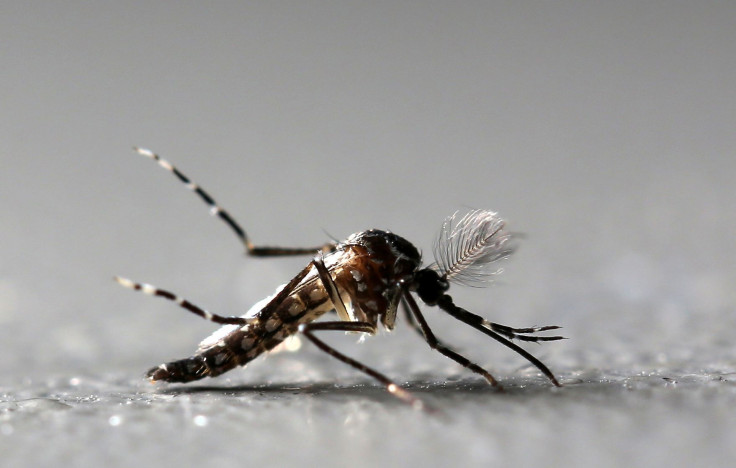Zika Virus Facts and Myths: Everything We Know About Virus' Growing Outbreak In Miami

Seven more pregnant women were diagnosed with Zika in Florida Thursday, bringing the state’s total to 122. The Centers for Disease Control and Prevention updated its travel warnings for high-risk areas in Florida to include Miami-Dade County. And the CDC’s Director, Thomas Frieden, announced Tuesday that it’s too late to stop the virus from spreading.
“We will see this become an epidemic in the Western hemisphere,” he announced.
New cases of the Zika virus have appeared frequently throughout the world since outbreaks of the virus began in 2007. Myanmar confirmed its first case Friday.
The virus has now made its way to every state in the continental U.S. A total of 4,091 cases have been confirmed as of Wednesday, according to the CDC. In U.S. territories like Puerto Rico and the Virgin Islands, that number is up to 28,723. The virus spreads from the bites of two kinds of mosquitoes — Aedes aegypti and Aedes albopictus. It can also be passed through sexual partners or from a pregnant woman to her fetus.
Of the cases in the continental U.S., most were contracted while traveling, though 139 of them came from local mosquito bites. Another 33 cases resulted from transmission through sex.
However, it is untrue that Zika is deadly in most cases. The illness is mild and typically causes symptoms like a rash and a fever or no symptoms at all. In certain instances, however, it can also cause microcephaly in babies and Guillain-Barre Syndrome in other patients. Microcephaly occurs when a baby is born with a brain significantly smaller than normal, a condition for which there is no cure. Guillain-Barre Syndrome occurs when a body’s immune system attacks its nervous system.
Much is still unknown about the virus. The incubation period is thought to be a few days, though that has not been proven. It was also immediately unclear how often Zika results in severe birth defects when a pregnant woman contracts it.
The CDC announced Oct. 21 it would give $70 million in funding to as of yet undetermined areas in order to protect people from Zika. But there’s still no vaccine to prevent it and no medication available to treat it. For now, organizations like the CDC and the World Health Organization have battled the spread of Zika by implementing programs to track the virus, educate the public, and increase testing for it.
The World Health Organization advises people in high-risk areas to wear protective clothing, stay indoors, and use insect repellent containing DEET. People have also been encouraged to clean out areas with stagnant water that can become potential breeding grounds for mosquitos.
Zika was first discovered in 1947 in Rhesus monkeys in Uganda. The first major outbreaks in humans were reported in 2007, coming from the island of Yap in Micronesia. Reports of locally transmitted Zika virus in South America began in 2015 in Brazil.
© Copyright IBTimes 2025. All rights reserved.






















